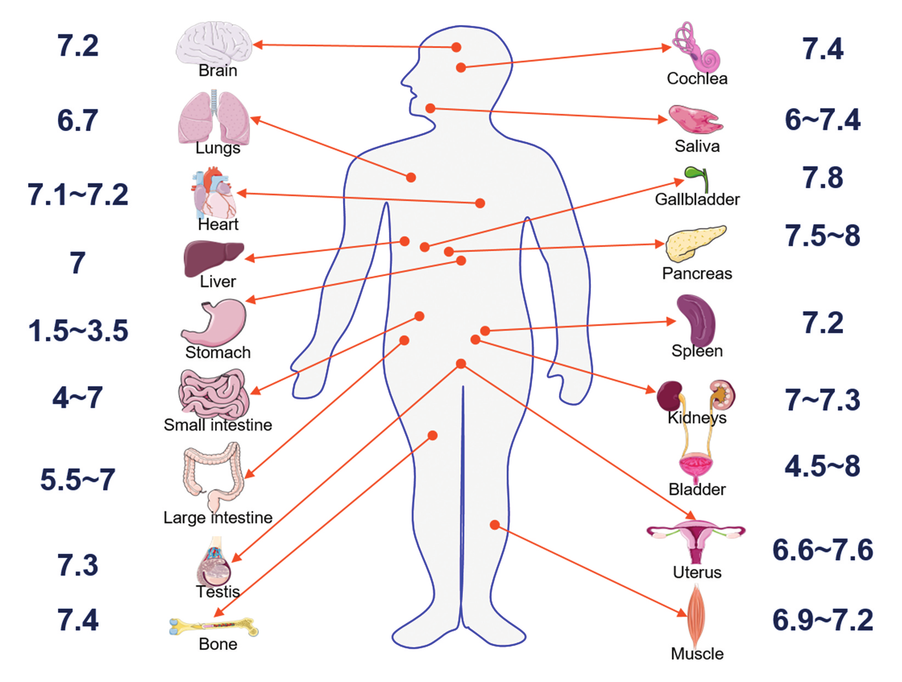2.10: Compartmentalization
The past couple of lessons have all focused on different types of transport across the cell membrane. This is an essential process of all cells and necessary for their functions, as well as for life as a whole. Topic 2.9 serves as a review of passive transport, active transport, and osmosis.
Vocab List
- Compartmentalization
- Anabolic reactions
- Catabolic reactions
- Lysosomes
- Mitochondria
- Chloroplasts
Written Explanation
Uses of compartmentalization:
Cellular reactions happen in special environments which are optimized for those reactions. The separation of these environments is called compartmentalization. Firstly, anabolic and catabolic reactions must be separated. Anabolic reactions synthesize substances while catabolic reactions break down substances. If these reactions for the same resources took place next to each other then one reaction would undo the effects of the other.
 Diagram comparing anabolic and catabolic reactions
Diagram comparing anabolic and catabolic reactions
Additionally, compartmentalization allows for each function of the cell to happen as efficiently as possible. Cellular functions are carried out by enzymes which each have their own specific pH and temperature that they work best at. Compartmentalization allows different enzymes within the cell to all be within their optimal range so that they function to the best of their ability. This is made possible by the plasma membrane of each organelle. For instance, lysosomes are full of hydrolytic (breakdown) enzymes which function at a very low pH. As a result, the inside of the lysosome is very acidic, at a pH level that the rest of the cell would not be able to function in. If compartmentalization didn't exist then either the lysosome wouldn't be able to function, or the rest of the cell would be destroyed by the acidity needed for the hydrolytic enzymes to work.
Furthermore, even though we're only looking at it from a cellular level, compartmentalization applies to the whole body. Digestive enzymes are only located in the stomach where there's high acidity, and a person's arms do not have the environment necessary for the digestion of food.
 The pH of several organs
The pH of several organs
Membrane folds:
Like all other cell organelles, mitochondria and chloroplasts also contain membranes, but they contain double membranes. The reason why will be discussed in Topic 2.11, but for now it is important to recognize that their internal membranes also contain folds within them. This results in a huge increase in surface area and leads to more resources being brought in and expelled, and more energy being produced and stored within the cell.
Conveniently, the double membrane also allows for an ion concentration gradient to be formed between the two membranes, changing the pH without affecting the rest of the cell. This just goes to show again how critical organelle plasma membranes are in the compartmentalization of eukaryotic cells.
Other uses of compartmentalization:
Another cellular component which utilizes compartmentalization is the nucleus. A cell's nucleus keeps its DNA isolated from the rest of the cell. Similarly, the mitochondria and chloroplast have their single loop of DNA safe in their matrix/stroma. Through having their own DNA, mitochondria and chloroplasts can also partially regulate their inner environment.
Finally, proteins made in different parts of the cell are also used in different ways. Proteins made on the rough endoplasmic reticulum by bound ribosomes are primarily exported out of the cell in enclosed vesicles, while proteins made by free ribosomes are mostly used within the cell.